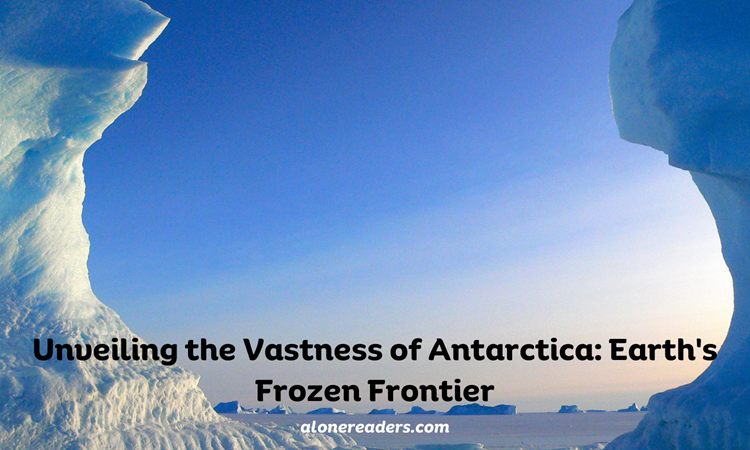
Antarctica is a continent enshrouded in superlatives. It is the coldest, driest, highest, and windiest continent on Earth. Its vastness is almost incomprehensible—a stark, frozen landscape that stretches over 14 million square kilometers (5.4 million square miles), it is almost twice the size of Australia. This immense expanse of ice and snow, which holds about 90% of the world's fresh water locked in its massive ice sheets, is more than just a desolate wilderness; it is a crucial player in the Earth's climate system, a living laboratory for scientific research, and a sentinel for the impacts of climate change.
The Antarctic Ice Sheet is the single largest mass of ice on Earth. It can be roughly divided into two main parts: the East Antarctic Ice Sheet, which is largely stable and sits on a major land mass, and the West Antarctic Ice Sheet, which is less stable and sits over the West Antarctic Ice Sheet, which is less stable and is grounded below sea level, making it more vulnerable to climate variations. The ice is colossal in scale; the thickest part of the ice cap is almost 5 kilometers (3 miles) deep.
Antarctica's climate is defined by its extreme cold, with the lowest natural temperature ever recorded on Earth being −89.2°C (−128.6°F) at the Soviet Vostok Station in 1983. Katabatic winds, which are cold, dense air flowing downhill, can reach hurricane forces and sculpt the ice into dramatic forms. Despite these harsh conditions, Antarctica is not a static place; it is dynamic and ever-changing, with ice flowing and shifting in complex patterns.
Contrary to what one might expect, Antarctica is not devoid of life. The continent supports a unique ecosystem that includes hardy microorganisms, lichens, mosses, and a range of invertebrates. The Southern Ocean, which encircles the continent, is rich in marine life, including krill, which is a key species in the Antarctic food web. Penguins, seals, and whales all rely on the productivity of the Southern Ocean for their survival.
The first confirmed sighting of the continent was in 1820, and since then, Antarctica has been a venue for human exploration and scientific endeavor. The Antarctic Treaty, signed in 1959 and entered into force in 1961, set aside the continent as a scientific preserve, establishing freedom of scientific investigation and banning military activity on the continent. Today, there are numerous research stations scattered across the continent, where scientists from around the world study everything from glaciology to astrophysics.
One of the most dramatic features of Antarctica's vastness is the creation and calving of icebergs. When ice reaches the sea, it often forms ice shelves. These floating platforms of ice can be incredibly large—the largest, the Ross Ice Shelf, is about the size of France. Occasionally, chunks of these shelves break off, or 'calve', forming icebergs. These icebergs can be massive and can float thousands of kilometers away from their origin.
Antarctica is particularly sensitive to the effects of climate change. The Antarctic Peninsula is one of the fastest warming places on Earth, with temperatures having risen by nearly 3°C in the last 50 years. This warming has led to the retreat of glaciers and the collapse of ice shelves, with potential implications for global sea levels. The vast ice-covered continent plays a crucial role in the global climate system, driving ocean currents and affecting atmospheric circulation patterns.
The future of Antarctica hinges on global actions towards climate change and environmental protection. The Antarctic Treaty System, which includes a protocol on environmental protection, is key to preserving this unique region. As the effects of climate change become more pronounced, the importance of understanding and protecting Antarctica’s vastness has never been more critical.
In conclusion, the vastness of Antarctica is not just a feature of its size, but also of its importance to the global environment. This immense and beautiful continent, with its extremes of climate, unique ecosystems, and colossal ice sheets, is a natural wonder that we are only just beginning to understand. As we continue to explore and study this frozen frontier, we must also work to ensure that its pristine condition is preserved for future generations to appreciate and learn from. The vastness of Antarctica is a treasure that belongs to all of humanity, and it is our collective responsibility to protect it.